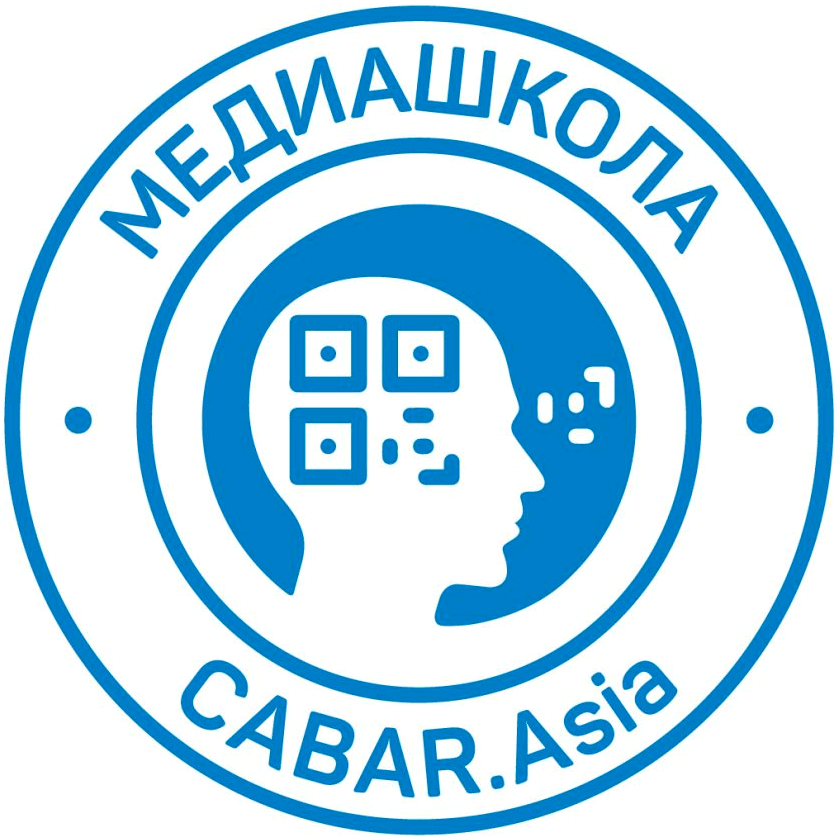New Media
A four-part course on how to create and publish high-quality multimedia content on a variety of platforms.
COURSE DESCRIPTION
This course focuses on new media and the basic principles of building a personal brand, as well as creating and publishing high-quality content on a variety of platforms. Modules cover visualisation, video storytelling, critical thinking and conflict and gender sensitivity. The main objective is to provide an understanding of how readers approach and perceive news in new media; the course includes tools and techniques for creating successful online content and promoting conflict and gender-sensitive journalism.
WHAT YOU WILL LEARN
How to create successful video stories
Determining what causes social media posts to go viral
How to interact with your audience and gain the greatest number of views, likes, reposts
Methods for retaining users’ attention and content planning techniques
How modern publishers make money on media products
Using a critical thinking approach to journalistic practice
COURSE PROGRAMME
Module 1: New Media and Content Production
As part of this module, you will learn about creating and publishing original content for new media: methods of retaining user attention, journalistic genres and formats, and methods of content planning. In addition, you will find out how social media posts go viral and how modern publishers make money on new media products.
Lesson 1: What does a modern audience want?
Lesson 2: What determines virality?
Lesson 3: Planning for publications in new media
Lesson 4: Monetisation of new media: how and on what publishers earn
Useful reading
Verification test: 10 questions, 10 min
Module 2: Visual Storytelling
In this module you will learn about visual storytelling, the basic laws of composition and colour, as well as visualisation tools.
Lesson 1: What is visual storytelling?
Lesson 2: Laws of composition and colour. Part 1
Lesson 3: Laws of composition and colour. Part 2
Lesson 4: Working with colour
Lesson 5: Visual story Tools
Useful reading
Test: 10 questions, 10 min
Module 3: Storytelling - The Secret to Successful Video Stories
The best way to connect with the reader and viewer is to tell an engaging story -- one both interesting and beautifully designed.
But if your audience is not hooked from the first paragraph or the first three frames, it means you do not yet have command of the ins and outs of storytelling. A story correctly begun and ended is always read and digested by the viewer in one go.
This module will teach you exactly how to navigate these subtleties, and reveals the secrets behind successful video stories that can inspire an entire range of emotions, from love, joy, and laughter to sympathy, anger, and tears.
At the end of the module, you will be able to:
Recognise potentially successful stories
Choose the right angle of presentation
Approach the shooting process creatively
Interact with your audience
Generate a large number of views, likes, discussions, and reposts
Lesson 1: What are the goals and objectives of storytelling?
Lesson 2: What factors make a video story successful?
Lesson 3: The right platform
Lesson 4: Horizontal, square or vertical?
Lesson 5: What emotions should you strive for?
Lesson 6: Audience Interests
Lesson 7: The basic rules of composition in the video
Lesson 8: Basic rules for shooting and editing
Verification test: 6 questions 10 min
Practical task
Module 4: Critical Assessment of Information and Media Sources
Many novice and practicing journalists may not have a firm grounding in critical thinking skills, which may complicate the process of applying rational analysis tools. The module includes several critical thinking tools commonly applied in journalistic work. The methods and tools presented here are based on the methodical approach used in scientific research.
Lesson 1 Methods and techniques of critical thinking
Practical task
TRAINERS
Lenur Yunusov
International media trainer and editor
Aizada Toma
Media trainer and journalist
Makhpora Kiromova
Journalist, producer and media trainer
Inga Sikorskaia
Trainer and journalist, Director of School of Peacemaking & Media Technologies, Kyrgyzstan
Languages:
Kazakh, Kyrgyz, Russian, Tajik, Uzbek.
Course available at:
school.cabar.asia






